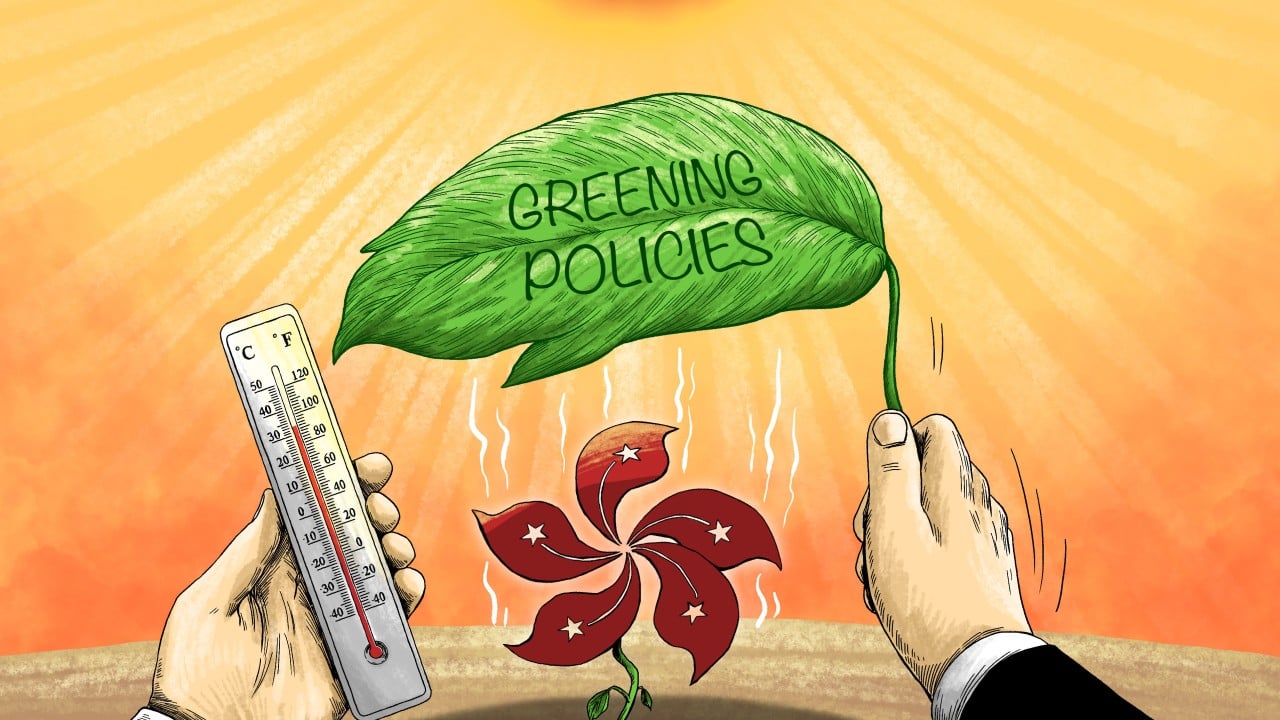Published: 8:30am, 20 Sep 2025Updated: 8:38am, 20 Sep 2025
Living in a cramped 35 sq ft cubicle home in an old building in Hong Kong’s Sham Shui Po, Samuel Wong Wang-fat’s options for beating the heat are limited to using wet towels, turning on a small fan or sipping a cold drink.
Advertisement
His floor is divided into 15 shoebox flats that rely on a single air conditioner in the corridor that is too weak to keep any of the tenants cool. Wong is too scared to open his windows in case he lets in rats.
The 68-year-old cleaner rarely visits nearby shopping centres and restaurants in his densely populated neighbourhood to stay cool, while local “parks are hot and stuffy, with no breeze … I’d rather go home where at least I have a fan”, he said.
With hotter days and nights becoming increasingly common, experts have urged Hong Kong authorities to review their strategies to increase the city’s green coverage to mitigate urban heat more effectively. So how can “concrete jungle” Hong Kong maximise the benefits of having green-filled urban areas?
The Hong Kong Observatory reported between 52 and 54 “very hot” days annually for 2021 to 2024, the most since records began in 1884. The term refers to periods when temperatures reach at least 33 degrees Celsius (91.4 Fahrenheit).
Advertisement
Between 2020 and 2024, Hong Kong recorded at least 50 “hot nights” – where minimum temperatures are at least 28 degrees – each year, with a record high of 61 in 2021.


